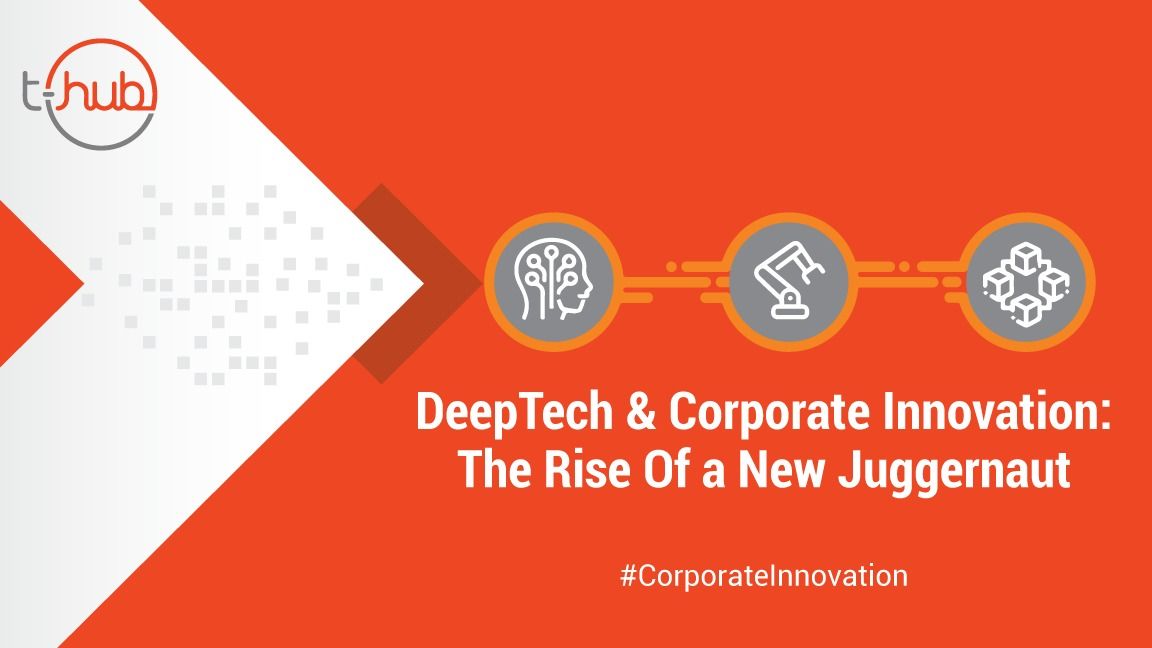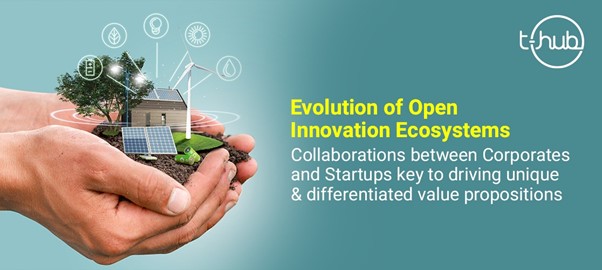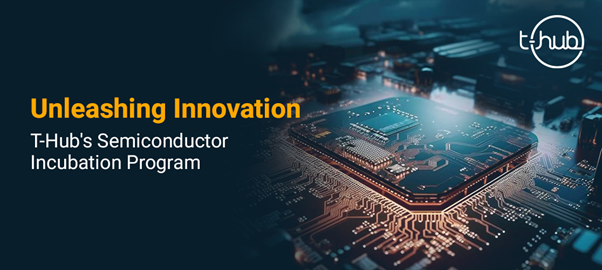DeepTech has evolved over recent years, and there has been substantial impact across sectors through these deep emerging technologies. It would not be wrong to say that Deep Tech has been sacrosanct for the companies in their innovation journey.
DeepTech, which is majorly comprised of artificial intelligence, robotics, blockchain, advanced material science, photonics and electronics, biotech and quantum computing, has now been a sweet spot for investment as long as the tech industry itself. More and more investors are aggressively funding the deeptech startups. According to a recent study, the investment in these fields has increased more than 20% a year from 2015 and reached almost $18 billion in 2018. Global Private Investment in Deep Tech Has Soared from 2015 to 2018, and Deep Tech Companies Attract More Private Investment Funding Than Others, according to BCG and Hello Tomorrow survey.
Undoubtedly, Deep Tech has been so far showing promising results, but at the same time, the deeptech startups also have to face many challenges, predominantly in terms of capital. In Deep Tech, building a product requires a lot of time due to research for which it needs capital.
As we speak about the capital which is one of the vital ingredients of survival of any startups, corporate investment in Deep Tech is on the rise. This is where corporate innovation plays a significant role in supplementing these startups with mentoring, providing opportunities through use cases/problem statements, and funding or acquihire. Since the rise of the startup ecosystem, they are outplaying their corporate counterparts and this where the corporate innovation model comes into the picture. I am not saying corporations are not innovating but it is true that corporations are lacking in their innovation journey. Many corporations have started embracing or are proactively thinking about the corporate innovation model through the internal corporate accelerator, setting up their in-house innovation labs and partnering with an external accelerator.
I still remember when I left my corporate world a few years back and made an entry into the startup world. Many of my colleagues and senior leadership laughed, and they had so many queries like why? What? Perks, etc. But after spending a decade and a half in the corporate world and that too in ERP (Enterprise Resource Planning) which has been the primary layer of digitalization transformation, I understood the health of the innovation at the corporate level.
Most of the corporate business model is structured traditionally, focussing on either one or couple of successful products which expand on top of the business line. On the other hand, R&D units solely focus on their current outcomes.
However, the influx of disruptive startups has been able to surge and outplay these corporations which have been weak in discovering the opportunities. Startups easily identify the gaps and through disruptive products, they are able to thrive.
It’s time corporations must re-strategize their existing innovation and business model through partnering with these startups and integrating their products into the existing business processes.
Corporate innovation is a model which discovers innovation opportunities, solutionizes and implements across the organization through new-age technologies.
When we say new-age technology, most of the corporates lookout for deep tech startups as these startups are often a clear match for their problem statements.
So far, I have spearheaded more than dozen of corporate innovation programs predominantly with Fortune 500 companies, and all of them have been engaged with deep tech startups.
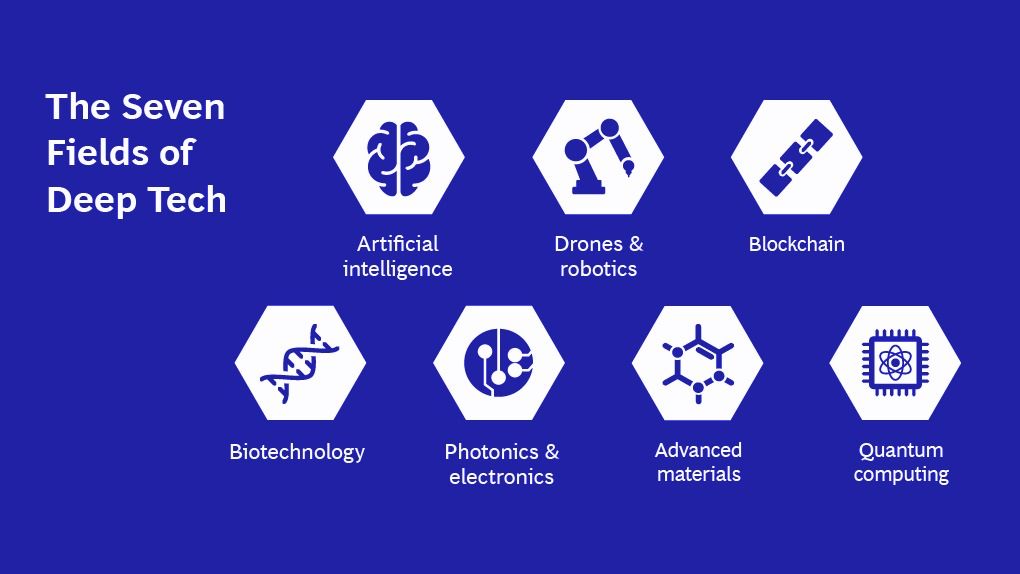
The above image depicts the seven fields of DeepTech which are:
- Advanced materials
- Artificial intelligence (AI)
- Biotechnology
- Blockchain
- Drones and robotics
- Photonics and electronics
- Quantum computing
Here are a few DeepTech trends under corporate innovation which are slated to make an impact.
You can’t ignore AI. It’s here to stay.
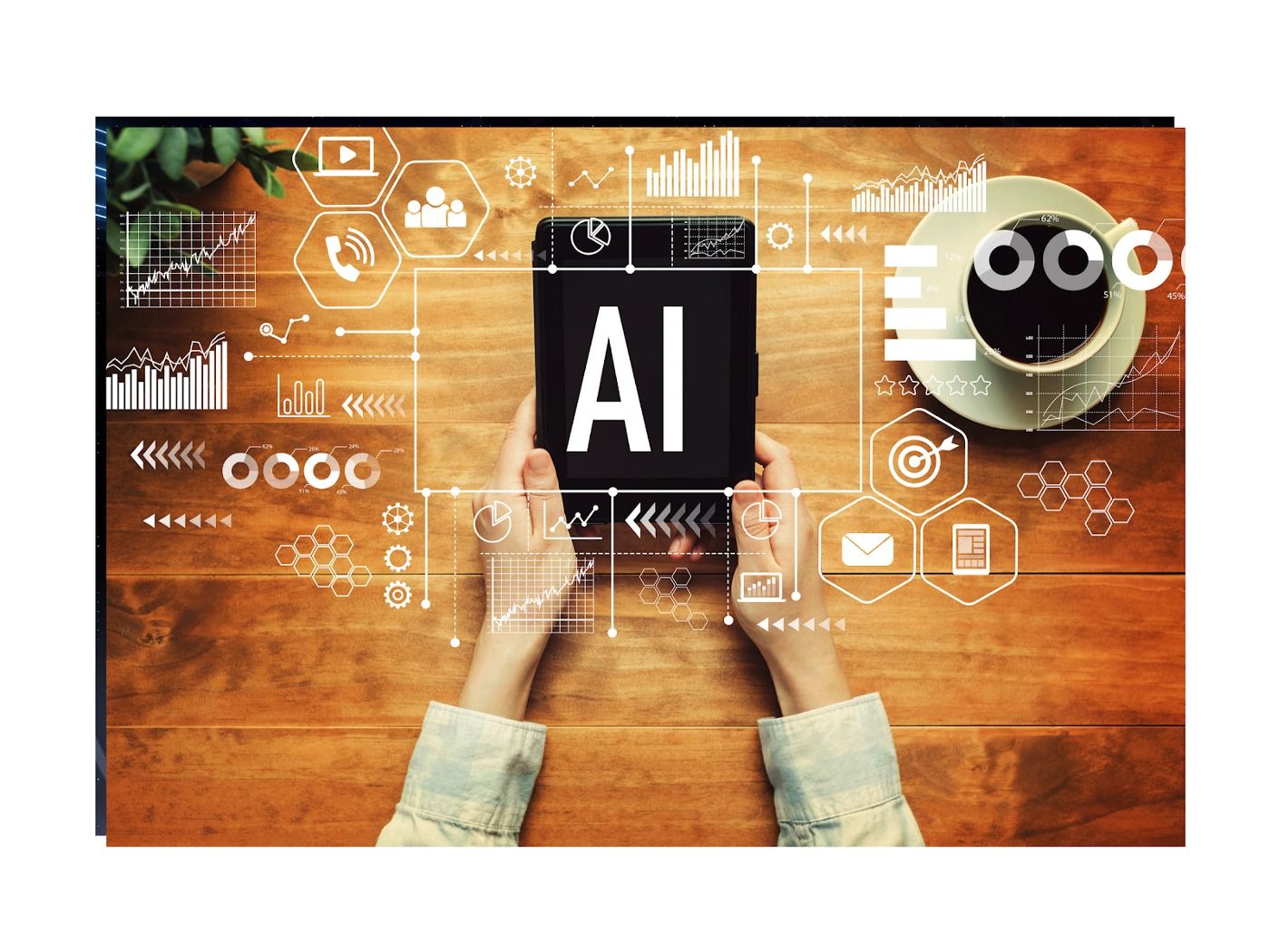
AI has been in the eye of every corporate. Most of them are continually scouting for the deeptech startups which have AI-based products that could solve corporate pain points in a much faster way with minimum customization.
While AI has been touted as the be-all-end-all technology of the future, it still has its limitations. But we must understand that AI ought to be matured. With data becoming more accurate and available, AI will increasingly be monitoring and refining business processes.
Starting from Heavy Manufacturing, Aerospace to Healthcare, Media, industries are in the race to grab the AI product to get the possible first-mover advantage. For the coming years, more and more AI-driven machinery and devices will be introduced and perhaps run the bigger manufacturing units.
AI and Edge computing will go hand in hand and going to disrupt the IoT ecosystem such as
- Precision monitoring and control of manufacturing machinery
- Video analytics — video surveillance, facial recognition and flow analysis
- Sports Ecosystem
- Connected Building
2. Decoding the Quantum

Yes, you heard it right. It’s Quantum technology which most of us don’t even have an iota of knowledge about, that can be the potential game-changer in a wide range of real-life applications — from superfast data processing and computing, defence and security, to managing energy use and production. Tech giants like Amazon, Microsoft, IBM and Google have been pumping money into this space. It would be interesting to see how it evolves over the next few years but, yes, it’s one of the hottest tech trends.
3. Blockchain technology

BaaS: One of the promising blockchain trends in 2020 is BaaS (Blockchain As A Service). This new blockchain trend is currently integrated with a number of startups as well as enterprises. BaaS is a cloud-based service that enables users to develop their own digital products by working with blockchain. These digital products may be smart contracts, decentralized applications (DApps), or even other services that can work without any setup requirements of the complete blockchain-based infrastructure.
Some of the companies developing a blockchain that provides BaaS service are Microsoft and Amazon, consequently shaping the future of blockchain applications.
I. FEDERATED BLOCKCHAIN IS GOING TO TAKE THE CENTER STAGE: There are four types of Blockchain Networks — Private, Public, Federated and Hybrid. Federated Blockchain can be referred to as one of the best blockchain latest trends in the industry. It is merely an upgraded form of the basic blockchain model, which makes it more ideal for many specific use cases. In this type of blockchain, instead of one organization, multiple authorities can control the pre-selected nodes of blockchain. Now, this selected group of various nodes will validate the block so that the transactions can be processed further. In 2020, there will be a rise in the usage of federated blockchain as it provides private blockchain networks, a more customizable outlook.
Use Cases of Federated Blockchain:
- Financial Services
- Supply Chain Management (SCM)
- Insurance Claims
- Organizational Records Security
- Multiparty Aggression
II. SOLUTIONIZING BIGGEST CHALLENGES OF SOCIAL MEDIA THROUGH BLOCKCHAIN
There were around 2.77 billion social media users around the globe in 2019.
The introduction of blockchain in social media will be able to solve the problems related to notorious scandals, privacy violations, data control, and content relevance. Therefore, the blockchain blend in the social media domain is another emerging technology trend in 2020.
With the implementation of blockchain, it can be ensured that all the social media published data remain untraceable and cannot be duplicated, even after its deletion. Moreover, users will get to store data more securely and maintain their ownership. Blockchain also ensures that the power of content relevance lies in the hands of those who created it, instead of the platform owners. This makes users feel more secure as they can control what they want to see. One daunting task here is to convince social media platforms to implement it, this can be on a voluntary basis or as a result of privacy laws similar to GDPR.
III. ECONOMY AND FINANCE WILL LEAD BLOCKCHAIN APPLICATIONS
Unlike other traditional businesses, the banking and finance industries don’t need to introduce radical transformation to their processes for adopting blockchain technology. After it was successfully applied for the cryptocurrency, financial institutions began seriously considering blockchain adoption for traditional banking operations. According to a PWC report, 77% of financial institutions are expected to adopt blockchain technology as part of an in-production system or process by 2020.
Blockchain technology will allow banks to reduce excessive bureaucracy, conduct faster transactions at lower costs, and improve its secrecy. One of the blockchain predictions made by Gartner is that the banking industry will derive $1 billion of business value from the use of blockchain-based cryptocurrencies by 2020. Moreover, blockchain can be used for launching new cryptocurrencies that will be regulated or influenced by monetary policy. In this way, banks can reduce the competitive advantage of standalone cryptocurrencies and achieve greater control over their monetary policy.
IV. BLOCKCHAIN COMBINES WITH IOT
The IoT tech market will see a renewed focus on security as complex safety challenges crop up. These complexities stem from the diverse and distributed nature of the technology. The number of Internet-connected devices has breached the 26 billion mark. Device and IoT network hacking will become commonplace in 2020. It is up to network operators to stop intruders from doing their business.
The current centralized architecture of IoT is one of the main reasons for the vulnerability of IoT networks. With billions of devices connected and more to be added, IoT is a big target for cyber-attacks, which makes security extremely important.
Blockchain offers new hope for IoT security for several reasons. First, blockchain is public, everyone participating in the network of nodes of the blockchain network can see the blocks and the transactions stored and approve them, although users can still have private keys to control transactions. Second, blockchain is decentralized, so there is no single authority that can approve the transactions eliminating Single Point of Failure (SPOF) weakness. Third and most importantly, it’s secure — the database can only be extended and previous records cannot be changed. Many IoT based companies adopt blockchain technology for their business solutions. The International Data Corporation (IDC) is expecting that 20 percent of IoT deployments will enable blockchain services by 2020.
V. BLOCKCHAIN WITH AI
AI and blockchain integration will make for better development. This integration will show a level of improvement in blockchain technology with an adequate amount of applications. The International Data Corporation (IDC) suggests that global spending on AI will reach $57.6 billion by 2020 and 51% of businesses will be making the transition to AI with blockchain integration.
Additionally, blockchain can also make AI more coherent and understandable, and we can trace and determine why decisions are made in Machine Learning (ML). Blockchain and its ledger can record all data and variables that go through a decision made under ML.
Moreover, AI can boost blockchain efficiency far better than humans, or even standard computing. A look at the way in which blockchains are currently run on standard computers proves this with a lot of processing power needed to perform even basic tasks.
Examples of applications of AI in Blockchain: Smart Computing Power, Creating Diverse Data Sets, Data Protection, Data Monetization, Trusting AI Decision Making.
4. Drones and robotics

- The biggest trend in drones I see is commercial drone deployment. In 2020, I expect to see successes in this space, bringing us closer to commercial application deployments in deliveries, infrastructure inspections, and underground environments, as well as dangerous locations. However, a boom in this space is unlikely to happen this year, as government regulations around drones are still in the early phases. But looking at the COVID-19 which pushed all of us to think and adopt more towards technological solutions, we should be optimistic about the future of drone policy and regulation.
- Adoption of aerial drones and drone technology will grow in select industries like agriculture, construction, insurance, mining and aggregates, public safety and first responders, oil & gas, survey engineering, telecommunications and utilities.
- The growth will be slow but steady.
- Retailers use robots to scale up inventory — Retailers will use robotics and automation systems to increase the number of SKUs they are able to carry, as they won’t be able to rely on hiring additional labour and existing automation systems to handle slower-moving items. While popular items can be handled by those systems, the growth in robotics will be for the movement and fulfilment of less popular items, which will be able to increase revenues for many of these companies.
5. Biotechnology

Biotechnology and Drug Discovery: Biotechnology is introducing new capabilities to drug discovery, which were considered until recently to be impractical and futuristic. There has been a continuous evolution in the integrated approach to the development of therapies in medicine. This effort relies on clinicians, basic scientists, and feedback from novel translational applications.
- As a result of new biotechnological capabilities, the understanding of disease processes and the development of new treatments are expanding rapidly.
- Important tools and developments include genomics, proteomics, ligand-receptor interaction, signal transduction, rational drug design, biochips, and microarrays.
- There are several novel drug classes, each with its own structural architecture and mechanism of action, including monoclonal antibodies, cancer vaccines, gene therapy, antisense strands, enzymes, and proteins.
Genome editing and CRISPR-Cas9: CRISPR is a tool used by researchers to precisely edit genes. It has shown potential for treating genetic diseases.
CRISPR genome editing is a promising field that enables researchers to precisely delete, replace or edit genes.
CRISPR-Cas is a prokaryotic defence system whereby bacteria use RNA molecules and CRISPR-associated (Cas) proteins to target and destroy the DNA of invading viruses. This molecular machinery has been repurposed by researchers to target and edit specific sections of any DNA, whether bacterial or human.
Advanced materials

Companies are developing materials that outperform traditional materials with superior properties such as superconductivity, ability to memorize the shape, response to environmental stimuli, etc.
Many startups are entering into this space which has a strong R&D setup. The current trends from advanced materials are:
- Nanostructures: Companies that develop carbon, metal, metalloid, or chemical-based nanomaterials both.
- Textile: Companies developing or manufacturing textiles with advanced features such as anti-stain.
- Biomaterials: Companies developing or manufacturing new biomaterials with advanced properties.
- Smart Materials: Materials with the ability to respond to external stimuli such as stress, temperature.
Many corporates are coming forward and have been trying to scout startups across this space and also the funding to the startups who are falling in the above category.
Sources:
— Aditya Ranjan Patro, Program Manager, Corporate Innovation, T-Hub
We power Corporate Innovation through high-impact partnerships and transform your business models for the better. Read more here

